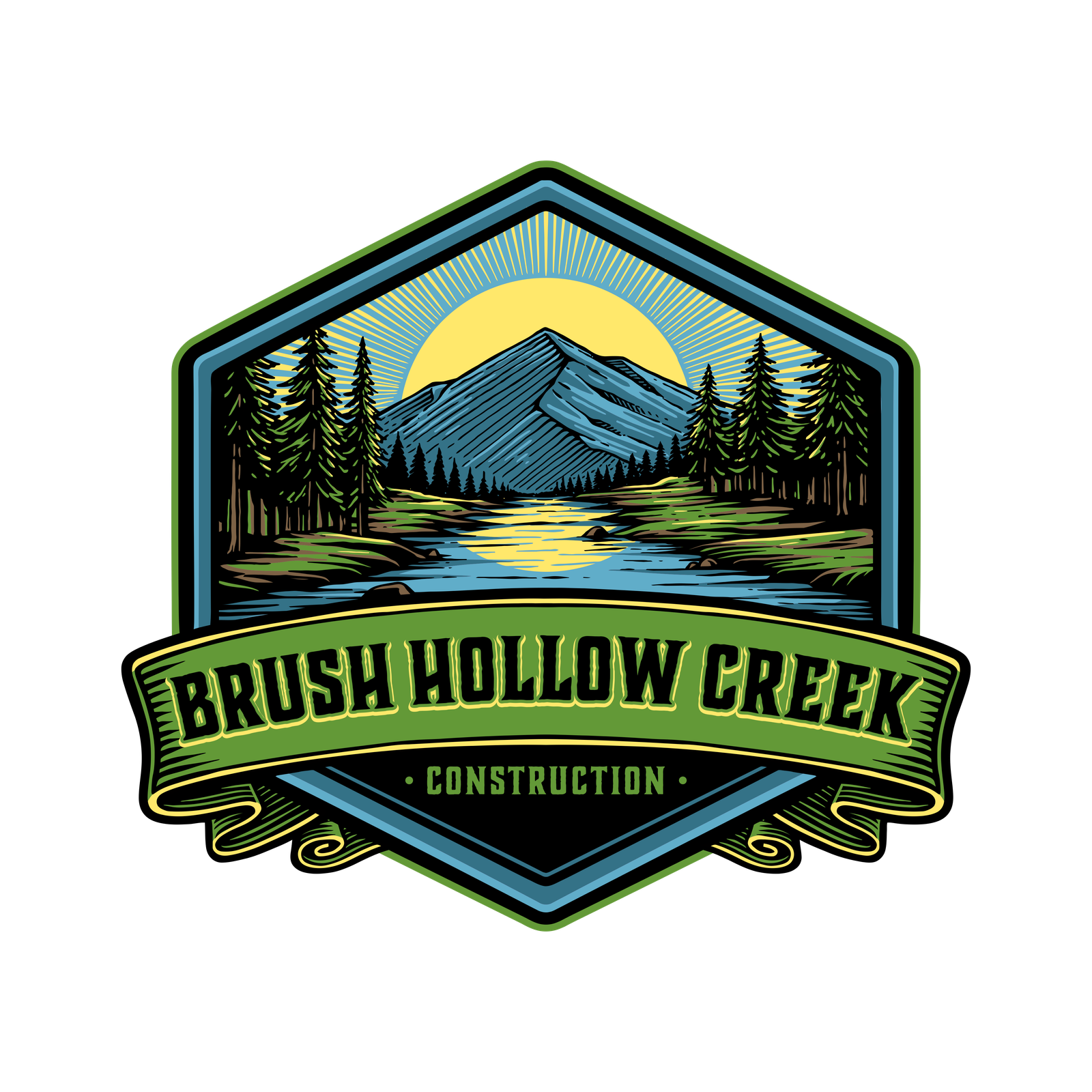Storms are among the most common causes of property damage in the United States. From high winds and hailstorms to flooding and lightning strikes, extreme weather can leave lasting impacts on your home. For homeowners, the ability to identify storm damage quickly and take proper action is critical.
Not only does early detection help prevent further deterioration, but it also ensures you can file a timely homeowners insurance claim. More importantly, quick action keeps your family safe from hidden dangers like structural instability, electrical hazards, and mold growth.
In this guide, we’ll explore how to recognize different types of storm damage, safety precautions to take, and practical homeowner tips for recovery and prevention.
Types of Storm Damage
Each storm brings unique risks. Understanding the categories of storm damage will help you know what to look for.
1. Wind Damage
- Missing or curled roof shingles.
- Cracked or broken siding.
- Fallen tree branches damaging fences, decks, or power lines.
2. Hail Damage
- Dents or bruises on roofing shingles.
- Impact marks on gutters, downspouts, and siding.
- Cracked windows or skylights.
3. Water Damage
- Leaks through the roof or siding.
- Basement flooding and foundation seepage.
- Mold development in damp areas.
4. Lightning Damage
- Fire hazards from strikes.
- Electrical surges affecting appliances and wiring.
5. Fallen Trees and Debris
- Structural impact to roofs, garages, or sheds.
- Broken fencing and damaged landscaping
How to Identify Storm Damage Around Your Home
After a storm, it’s essential to conduct a thorough property inspection. Here’s what to check:
- Roof Inspection – Look for missing shingles, granule loss, leaks in the attic, or damaged flashing.
- Siding & Exterior Walls – Check for cracks, holes, or warping caused by wind or hail.
- Windows & Doors – Examine for shattered glass, broken seals, and water seepage.
- Gutters & Downspouts – Look for dents, clogs, or sections that have pulled away from the roofline.
- Landscape & Trees – Uprooted trees, broken branches, or fallen fences.
- Foundation & Basement – Water seepage, wall cracks, or standing water.
Safety Precautions After a Storm
Before inspecting or repairing anything, safety comes first:
- Stay away from downed power lines and report them immediately.
- Do not enter a flooded basement until electricity is shut off.
- Avoid climbing onto unstable roofs.
- Wear protective gear (gloves, boots, helmets) if walking through debris.
- Document damage with photos and videos from a safe location.
Homeowner Tips for Handling Storm Damage
Once the immediate danger has passed, follow these homeowner tips to minimize stress and financial loss:
- Document Everything – Take clear photos and videos before starting any cleanup.
- Contact Your Insurance Company – Notify them promptly about the damage.
- Hire a Licensed Contractor – Get a professional inspection to identify hidden issues.
- Keep All Receipts – Save invoices for temporary repairs, lodging, or materials.
- Use a Storm Damage Checklist – Helps ensure you don’t overlook critical areas.
Filing an Insurance Claim for Storm Damage
Many homeowners struggle with insurance after storms. Here’s how to simplify the process:
- Step 1: File Immediately – Call your insurer and explain the situation.
- Step 2: Schedule an Adjuster Visit – A professional will assess the property damage.
- Step 3: Provide Documentation – Submit photos, videos, and repair receipts.
- Step 4: Understand Your Policy – Know your coverage limits and deductible.
- Step 5: Consider a Public Adjuster – If you feel the settlement offer is too low, a public adjuster can negotiate on your behalf.
Preventive Measures for Future Storms
Being proactive can reduce the impact of the next storm. Homeowners can:
- Upgrade to impact-resistant shingles on the roof.
- Install storm shutters on windows.
- Keep gutters clean and trim overhanging branches.
- Waterproof basements and reinforce foundations.
- Assemble an emergency preparedness kit with food, water, flashlights, and medical supplies.
When to Call Professionals
Not all storm damage can or should be repaired on your own. Hire:
- Roofing Contractors – For leaks, missing shingles, or structural roof damage.
- Tree Removal Experts – For fallen or leaning trees.
- Restoration Companies – For water damage, mold remediation, and fire cleanup.
- Electricians – For power surges, wiring issues, or storm-related electrical hazards.
Common Mistakes Homeowners Make After Storms
Avoid these errors to save time and money:
- Delaying Inspections – Small leaks or cracks can turn into major issues.
- DIY Repairs Without Training – Unsafe and often against insurance policies.
- Forgetting Documentation – Lack of evidence can reduce insurance payouts.
- Accepting Low Settlements – Always review offers carefully and negotiate if needed.
Future Trends in Storm Damage Prevention
With climate change leading to more frequent severe storms, new technologies are emerging:
- Smart Roofing Systems – Embedded sensors that detect leaks and hail damage.
- Stronger Building Codes – Communities reinforcing structures for hurricane and tornado resistance.
- Green Storm Solutions – Permeable pavements and landscaping to manage floodwater.
- AI-Powered Insurance Tools – Faster storm damage claims processing.
FAQs
Q1: How soon should I inspect my home after a storm?
Within 24–48 hours, once it’s safe. Quick inspections prevent small damage from worsening.
Q2: What storm damage is covered by homeowners insurance?
Most policies cover wind, hail, lightning, and water damage, but not flood damage without separate coverage.
Q3: Can minor hail damage cause long-term roofing problems?
Yes, even small dents weaken shingles and can lead to leaks.
Q4: Should I repair or replace a storm-damaged roof?
It depends on the severity. A contractor can advise whether patching is safe or if a full replacement is needed.
Q5: How do I prepare my home for the next storm?
Reinforce roofing, install shutters, clean gutters, and keep an emergency kit ready.
Conclusion
Storms are unpredictable, but being prepared helps homeowners reduce risks and costs. By learning how to identify storm damage, taking immediate safety measures, and filing insurance claims correctly, you can protect both your property and your family.
Preventive upgrades such as impact-resistant shingles, storm shutters, and waterproofing add another layer of protection. And when in doubt, always rely on licensed professionals to handle repairs safely.
The right knowledge, combined with proactive steps, ensures that your home remains safe and resilient — no matter what nature throws your way.

